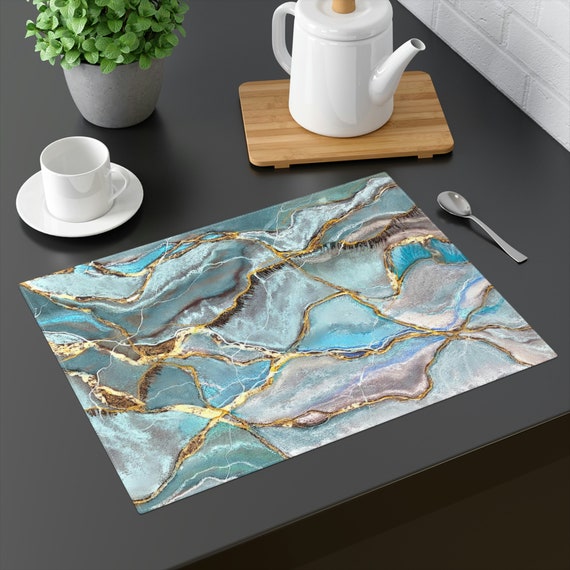See This Report about Top News Sites
See This Report about Top News Sites
Blog Article
Some Ideas on Unique Art You Need To Know
Table of ContentsUnique Art for DummiesLittle Known Questions About Unique Art.How Unique Art can Save You Time, Stress, and Money.Unique Art - Questions
While one may question which art form holds precedence, the fact continues to be that each of these seven kinds provides a special home window into human history, culture, and development. They are the tapestries that chronicle our journey, advising us of our past while inspiring visions for the future.Terrific artwork narrates, makes individuals look two times, and develops an one-of-a-kind experience that can not be matched. Art and images communicate all of that via color, form and other design components. Learn just how to make your distinct art work stick out from the crowd.
To bring even much more drama, he prolonged the paint. The curves, along with a spherical sconce, soften the sides. Frameworks vintage posters and maps of beloved locations set the scene.
8 TRIA GIOVANEqual components grand and laidback, this entrance hall designed by Anthony Baratta is the excellent blueprint to adhere to if you're enhancing an official entry that still feels unfussy and comfortable. Patterned fabrics take facility stage (see the carpetings and the couch), however they also help bring the high ceilings to a human scale when hung over wallpaper.
The Definitive Guide for Unique Art
18 Heidi Caillier DesignA gallery wall surface does not need to take up the entire space. In some cases a little one can make a bigger design declaration. In this living room, Hiedi Caillier opted for micro-mini structures and a random make-up.
, the expression of concepts and feelings, with the development of specific aesthetic top qualities, in a two-dimensional aesthetic language. The aspects of this languageits forms, lines, colours, tones, and texturesare used in different methods to produce experiences of quantity, room, motion, and light on a level surface. These elements are combined into expressive patterns in order to stand for real or supernatural phenomena, to interpret a narrative style, or to create wholly abstract aesthetic relationships.
Later the concept of the "fine artist" developed in Asia and Renaissance Europe. Famous painters were paid for the social status of scholars and courtiers; they signed their job, determined its layout and usually its subject and images, and established an extra personalif not always amicablerelationship with their patrons. Throughout the 19th century painters in Western cultures started to lose their look what i found social setting and protected patronage.
Some Known Details About Unique Art
Others gained a revenue via exploring events of their work. The need to appeal to a market had actually changed the similar (if less impersonal) needs of patronage, and its effect on the art itself was most likely similar. Generally, artists in the 20th century could get to an audience just with business galleries and public museums, although their work may have been occasionally duplicated in art periodicals
For the background of paint in old Egypt, see Egyptian art and style. The growth of paint in various areas is dealt with in a number of posts: Western paint; African art; Main Oriental arts; Chinese painting; Islamic arts; Japanese art; Korean art; Native American art; Oceanic art and architecture; South Asian arts; Southeast Asian arts. It is the sense of inevitability in this official organization that provides a great painting its self-sufficiency and existence. The colours and placement of the major images in a style may be in some cases greatly decided by representational and symbolic factors to consider. Yet it is the formal interaction of colours and forms that alone is capable of interacting a certain mood, producing optical sensations of room, quantity, activity, and light and developing pressures of both harmony and stress, even when a painting's narrative significance is odd.
Do not duplicate the style of various other musicians if you're trying to find your design. Copying other individuals's art work can be excellent in instructional objectives but it will certainly not make you closer to locating your very own unique style. Your creative design has click to investigate to be, what you such as and what motivates you.

The 5-Minute Rule for Unique Art
You need to attempt great deals of different alternatives and discover whatever prior to you can concentrate on one certain design or you'll be bored, or worse, you'll dislike your own style. So I suggest you to attempt every single topic that you have an interest in, discover as much as you can. Try various mediums that delight you and brand-new methods you have actually never ever attempted prior to.
With time you'll have the ability to sort all of them right into your preferred and least favorite classifications. Try to concentrate your attention on the subjects and tools that you like and before you see it coming you'll have your own individual and one-of-a-kind style, like visit the website no person else have! So ultimately you'll have a few preferred based on repaint and possibly a couple of preferred tools.

Report this page